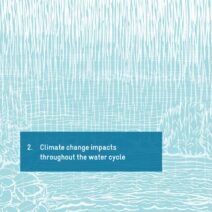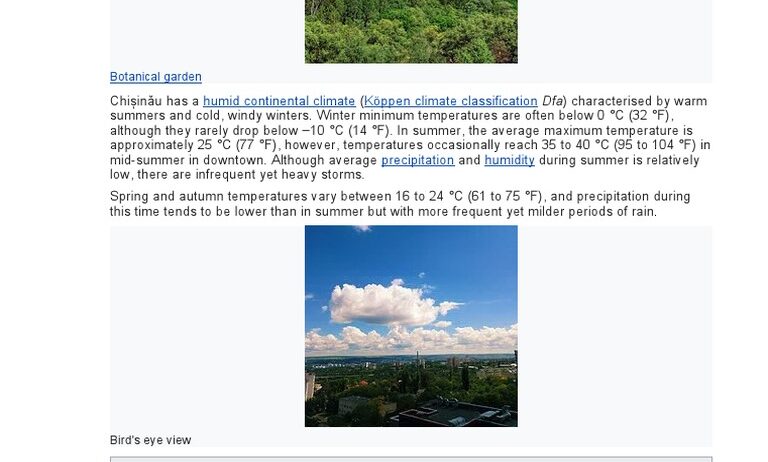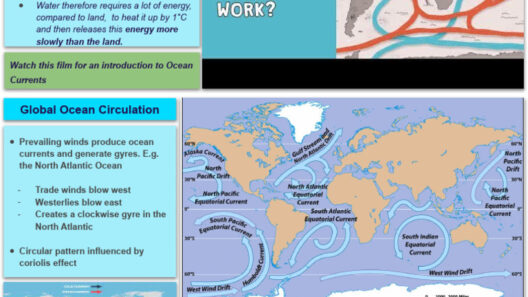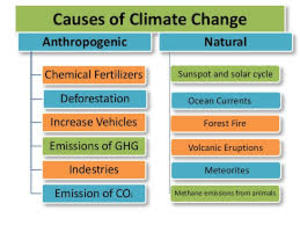Climate is an intricate tapestry woven from the myriad interactions between solar radiation, atmospheric constituents, and terrestrial ecosystems. Understanding climate in the realm of geography involves delving into a multitude of factors and concepts that shape our Earth’s atmospheric conditions, influencing everything from weather patterns to agricultural yields, and even the viability of entire ecosystems.
To grasp the essence of climate, one must first differentiate it from weather. Weather represents the short-term variations in atmospheric conditions, such as temperature, precipitation, and wind, occurring over a brief period, typically hours or days. In contrast, climate is the aggregation of weather patterns over extended durations, usually 30 years or more. This long-term perspective reveals the statistical averages and trends that dictate the fundamental characteristics of a particular region.
Understanding climate necessitates an exploration of the factors influencing it. The primary driver of the Earth’s climate is solar energy. The differential heating of the Earth’s surface, primarily due to the angle at which sunlight strikes the planet, creates a disparity in temperature across different latitudes. The equatorial regions receive direct sunlight year-round, resulting in warmer temperatures, whereas polar regions experience a more oblique angle of solar incidence, leading to colder conditions.
Moreover, the tilt of the Earth’s axis, known as axial tilt, significantly impacts seasonal changes. As the Earth orbits the sun, the varying degree of this tilt causes different parts of the planet to receive varying intensities of sunlight throughout the year, giving rise to the seasons. This axial tilt, combined with the spherical shape of the Earth, contributes to the division of the planet into distinct climate zones.
The Köppen climate classification system categorizes the world into five primary climate types based on temperature and precipitation patterns. These include tropical, dry, temperate, cold, and polar climates. Each of these categories further subdivides into more specific classifications, such as arid, Mediterranean, humid continental, and tundra climates. This system not only aids climatologists in describing and organizing global climates but also provides crucial insights into the ecosystems and biodiversity associated with each zone.
One of the most pivotal concepts in understanding climate involves the notion of climatic feedback loops. These are processes that can amplify or dampen changes in the climate system. For instance, the albedo effect—whereby ice and snow reflect sunlight—is a significant factor in regulating temperatures. As polar ice melts due to global warming, less sunlight gets reflected, leading to increased absorption of heat and further warming. Such feedback mechanisms exemplify the interconnectedness of atmospheric components and their profound implications for future climate scenarios.
While natural phenomena fundamentally shape Earth’s climate, human activity has introduced unprecedented alterations to these systems. The rise of industrialization has led to increased greenhouse gas emissions, prominently carbon dioxide and methane. These gases trap heat in the atmosphere, creating a greenhouse effect that exacerbates global warming. Understanding this anthropogenic influence is crucial as it elevates the urgency of addressing climate change.
Climatologists employ various tools and methodologies to study and predict climate phenomena. Climate models use mathematical representations of the Earth’s systems, enabling scientists to simulate climatic conditions and project future scenarios. These models incorporate a range of variables, including ocean currents, atmospheric chemistry, and land-use changes, to provide a comprehensive understanding of how various factors interact and influence climate trends.
Additionally, the study of paleoclimatology sheds light on historical climate patterns. By analyzing ice cores, sediment layers, and tree rings, researchers can reconstruct past climate conditions, offering valuable insights into how the climate system has reacted to natural and anthropogenic forces over millennia. Such knowledge is vital in contextualizing current climate shifts and predicting their potential trajectories.
The implications of climate extend far beyond mere academic interest; they encompass pressing social and economic challenges. Climate change has profound impacts on agriculture, water resources, biodiversity, and human health. Altered precipitation patterns can result in droughts in certain regions, while others may experience increased flooding. Such shifts in climate-driven risks necessitate adaptive management strategies to bolster resilience in agricultural practices and urban planning.
International cooperation is paramount in addressing climate change. The Paris Agreement forged a collective commitment among nations to limit global temperature rise to well below 2 degrees Celsius above pre-industrial levels. This global pact emphasizes the importance of reducing greenhouse gas emissions and transitioning to renewable energy sources as pathways to combat climate change and its far-reaching consequences.
In conclusion, the study of climate within the geographical context unveils a complex web of interactions that define our planet’s atmospheric characteristics. Through an understanding of solar energy, climate classification systems, feedback mechanisms, and the impacts of human activities, we gain insight into the pressing challenges we face. Addressing climate change is not merely an environmental concern; it is an urgent call to action for humanity to reshape our relationship with the planet. The remarkable interconnectedness of our Earth’s systems demands proactive engagement in fostering sustainability and resilience for future generations.







